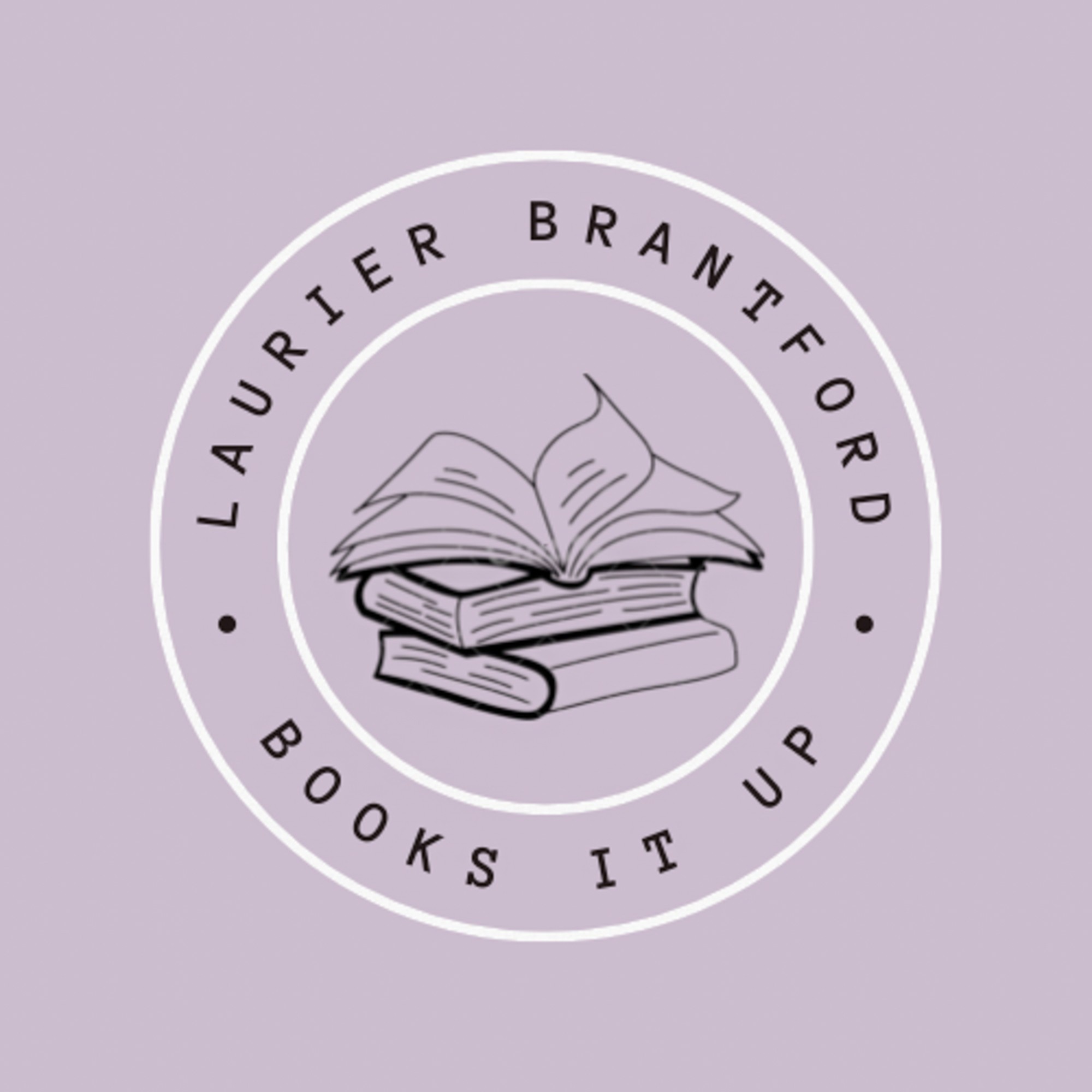Local artist Blaze Wiradharma paints mural depicting Brantford’s Indigenous history and Grand River’s beauty
Serena Anagbe/ Photo editor
The “Pages of the Grand River” mural
Brantford’s downtown has been transformed with the addition of a mural by local artist Blaze Wiradharma, also known as Blazeworks. The piece is called “Pages of the Grand River.” Wiradharma, now in his early 30s, has been creating murals for over a decade and his latest project outside the Brantford Public Library is a powerful tribute to Brantford’s rich Indigenous history and natural beauty.
Wiradharma’s latest mural, “Pages of the Grand River,” is his largest and most intricate. Stretching 100 feet long and 12 feet high, the mural took 12 days in October 2024 to complete and is a visual celebration of Brantford’s Indigenous history and the Grand River’s natural beauty. The mural centres around the Grand River, which flows through an overgrown landscape of trees and wildlife. A cotton-tailed deer, largemouth bass and monarch butterfly symbolize Brantford’s connection to nature. The deer also represents the Neutral Nation, the Indigenous people who were the area’s first settlers.
In the heart of the mural, two children sit by the river, reading a book. Dressed in orange, the children symbolize Indigenous children who were taken from their families and forced to attend residential schools. The mural depicts the important role that Indigenous people play in Brantford’s history, emphasizing their importance for its identity and legacy.
This detail is a tribute to the memory of those children and acknowledges the lasting impact of these schools on Indigenous communities, serving as a reminder of resilience and remembrance. The flowing river reflects the ancestral lands of Indigenous peoples, grounding Brantford’s history in its roots. As the children read, pages from their book swirl around them, transforming into key figures and moments from Brantford’s history, symbolizing a healing journey through shared memory and understanding.
“The mural isn’t meant to be an exhaustive history lesson,” said Wiradharma. “It’s designed to spark curiosity, encourage conversation and inspire people to learn more on their own.”
The mural has already had a positive impact on Brantford, drawing many locals to stop and share their thoughts.
“I really like how this mural is able to intermix the Indigenous and non-Indigenous histories of Brantford,” said Bruce Arai, a leadership professor at Wilfrid Laurier University.
For Wiradharma, the most rewarding part of his work is seeing the impact it has on the community.
“Public art has the power to uplift people, even if just for a moment,” he said. “Hearing how my murals bring joy or spark a thought makes it all worthwhile.”
With “Pages of the Grand River,” Wiradharma has created a lasting piece that will inspire Brantford residents for years to come.
Wiradharma’s journey into professional muralism began with his education at OCAD University, where he earned a degree in design, majoring in illustration. Since then, he’s built a successful career as a muralist, beautifying public spaces across Ontario.

Serena Anagbe/ Photo editor
The “Pages of the Grand River” mural
His career hasn’t come without its challenges.
“Being a freelance artist means you don’t always know when your next project will come,” said Wiradharma . “You need to manage your finances wisely and stay disciplined with your time.”
He said time management and self-motivation is important in this line of work, especially when working alone, as you’re on your own schedule so it’s important to stick to timelines and stay on track.
For aspiring muralists, Wiradharma has one piece of advice.
“Before you take your art to walls, focus on honing your skills with drawings, paintings or digital art. A solid foundation will help open doors,” said Wiradharma. “And if you want to work with spray paint, practice is key — get some boards, buy some paint and don’t be afraid to make mistakes.”
This article was originally published in print Volume 24, Issue 3 on Thursday, November 7.




